Cinderella strawberry variety
Cinderella is a mid-late non-repairable variety of garden strawberries (strawberries) for universal use. It was bred by specialists of the All-Russian Institute of Selection and Technology for Horticulture and Nursery in the late 70s, the author is I.V. Popov. Quite popular and praiseworthy varieties were crossed to obtain Festivalnaya and Zenga Zengana... In 1989, 11 years after filing an application for registration and passing a ten-year state test, Cinderella was included in the state register of breeding achievements of the Russian Federation. Strawberries are zoned in six regions of the country: North-West, Central, West Siberian, Volgo-Vyatka, Central Black Earth, North Caucasian.

The plant is vigorous, tall, rather compact, well leafy. Usulation is moderate. The leaves are large, dark green in color, covered with a waxy bloom. The flowers are large, bisexual, with twisted petals. Peduncles are located at leaf level or below. Berries of a variety of medium and small sizes, blunt-conical shape, without a neck. The skin is bright red with an orange tint, with a glossy sheen. Achenes are yellow, sunken to medium depth. The pulp is bright red, firm, but not firm, with a pronounced strawberry aroma.
Cinderella's taste is excellent, dessert, mostly sweet, but not devoid of graceful sourness. The pulp has a pleasant fleshy consistency, and the wonderful aroma complements the good impression of the berries. Strawberry fruits are versatile in use, excellent fresh, suitable for any processing and freezing. The transportability of the berries is at a fairly high level, they do not wrinkle or flow during transportation.
The average weight of fruits in the season is quite small, according to the state register of varieties of the Russian Federation, it is only 8 grams. At the first harvest, the berries are larger, up to 25 grams, in general, fruiting is rather unstable, the fruits become smaller by the end of the season, moreover, it is very noticeable. In general, Cinderella is called small-fruited, and this is quite fair, but this does not mean that she does not deserve attention. In terms of yield, our heroine, of course, cannot compete with the modern giants of the strawberry market, but her productivity is quite good for herself - up to 2 kg of berries per square meter.
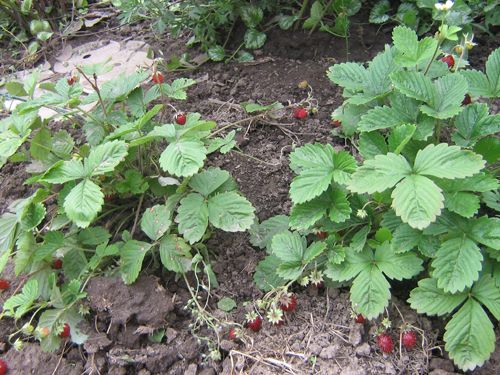
Over the years of state testing, it was noted that the variety is slightly affected by diseases, less often than other varieties. It has good powdery mildew resistance but is quite susceptible to gray mold. In a word, you shouldn't forget about preventive treatments. Cinderella's winter hardiness and drought resistance are decent, but this strawberry is not recommended for growing in regions with a problematic climate, be it very hot or too cold areas.
In her care, our heroine is absolutely standard and does not require any special care. It is necessary to carry out only standard measures - watering, fertilizing, weeding, preventive treatments against diseases and pests, loosening the soil, as well as updating the planting material in order to avoid the degeneration of the plantation.
Cinderella is a good domestic variety that can show itself well in the recommended growing regions. Of course, it cannot compete with the newfangled varieties of strawberries with "crazy" yields and huge berries, but it is very attractive for gardeners.

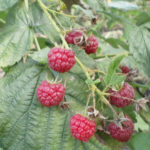
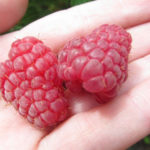

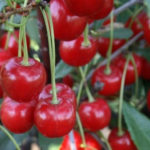
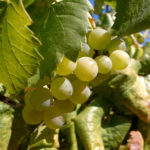



I am tormented by vague doubts: in the photo there is Cinderella for the alpine variety, and the description is large-fruited. The large-fruited that grew with me just looked like "crazy" new-fashioned varieties: a large conical, rather dense berry of a bright red color, ripened well with a bright strawberry taste. Unripe - transportable and sour, like commercial varieties. There are six berries on a brush (I can lie, I grew it about 4 years ago), two or three very large and the rest are medium. Little things were not observed at all. The whiskers are strong and well-rooted, easily controlled (not overgrown with carpet). The variety fell out in the year of "damp earth" under the snow, trite got out - along with a bunch of other equally large and modern varieties.